Category Archives: Deep-C

Plankton are a very important part of the food chain in the northeastern Gulf of Mexico drift through the ocean carried by currents. Although plankton can’t control their movements against the current, they are able to maintain neutral buoyancy by increasing their surface area-to-volume ratio as well as by producing and releasing lipids (fats). In Read More
Biodegradation? Chromatography? While scientists toss these terms around with no problem, they can sound like a foreign language to others. The Deep-C consortium partnered with CPALMS, an online toolbox providing free instructional resources for educators, to create a series of videos related to Deepwater Horizon research and the Gulf Oil Observers (GOO) project. High School Read More
The Deep Sea to Coast Connectivity in the Eastern Gulf of Mexico (Deep-C) Consortium released a series of publicly available and easy-to-read fact sheets detailing their scientific research and outreach initiatives: Science: Deepwater Corals What are corals? Where and how do they live? What are the threats to Gulf corals? Click here to download. Science: Read More
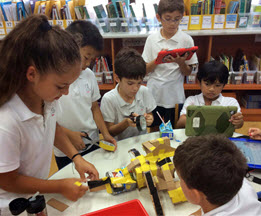
Communicating oil spill research is essential to improve society’s understanding about spills and their ability to respond to and mitigate them. The Gulf of Mexico Research Initiative (GoMRI) has been funding spill-related research since 2010. Here are ten outstanding education products and resources that GoMRI and its science community have developed to share what they Read More
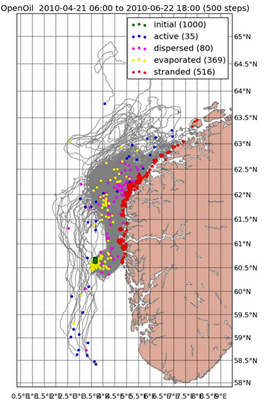
A new, open source software for modeling the trajectories and fate of particles (Lagrangian Elements) drifting in the ocean, or even in the atmosphere, has been developed a the Norwegian Meteorological Institute in cooperation with the Institute of Marine Research. The software, known as OpenDrift, is a generic framework written in Python. It is openly Read More
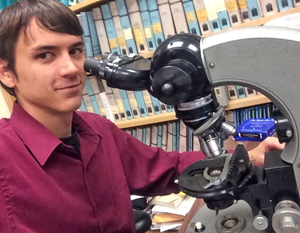
Jarrett Cruz has been all over the world studying nannoplankton, a marine species he did not know existed when his journey began. Jarrett’s research into these minuscule creatures spans both biology and geology as he studies the impact of oil on nannoplankton that live in the Gulf of Mexico. Jarrett, a geology Ph.D. student at Read More
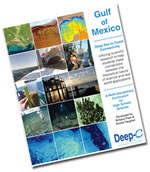
A team of scientists and education staff developed a user-friendly curriculum to help students make connections between the theoretical nature of science and real world applications. This education tool uses application-based science conducted by the Deep-C Consortium to improve Gulf of Mexico literacy and addresses issues such as environmental disasters, their impacts on ocean ecosystems, Read More

Boryoung Shin is breaking new ground in microbiology, uncovering little known facts about an enigmatic and important species in the Gulf of Mexico. Boryoung Shin works in an anaerobic chamber at the Kostka Lab at Georgia Tech. (Photo credit: Max Kolton) After the Deepwater Horizon incident, certain bacteria rapidly increased and helped degrade the oil. Read More
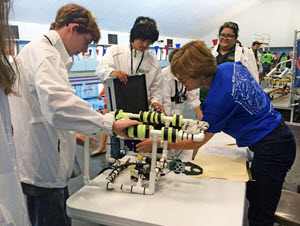
As science, technology, engineering, and math (STEM) skills become increasingly important to the 21st century workforce, what better way to foster those skills in middle and high school students than an old-fashioned friendly competition? Over the past four years, the Deep Sea to Coast Connectivity in the Eastern Gulf of Mexico (Deep-C) consortium and the Read More
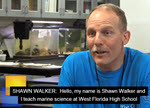
What could be better than having class on the beach and conducting actual research to boot? See how Shawn Walker, a marine science teacher at West Florida High School, transforms his students into scientists. A CPALMS perspective Video.

Chris Reddy, an oil scientist at Woods Hole Oceanographic Institution and research for DEEP-C, explains how crude oil is formed and how it behaves in the environment. A CPALMS perspective Video by Chris Reddy.
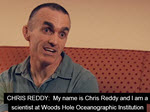
Humans aren’t the only ones who get their fingerprints taken. Learn how this scientist is like a crime scene investigator using oil fingerprints to explain the origins of spilled oil. A CPALMS perspective Video by Chris Reddy.
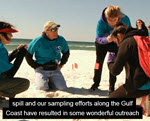
Learn how scientists are studying what happens to spilled oil and over time how it affects the environment. A CPALMS perspective video by Catherine Carmichael.
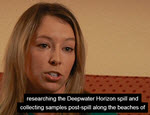
Watch how these high school students work alongside Woods Hole Oceanographic Institution experts conducting oil spill science. A C-PALMS perspective Video by Catherine Carmichael.
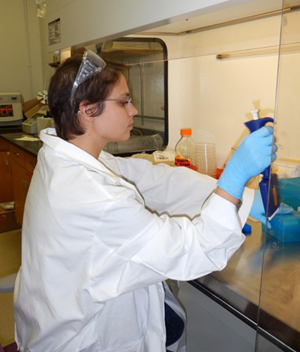
To show how the Deepwater Horizon oil spill impacted the Gulf of Mexico, Sarah Tominack is going back to basics. She feels that for scientists to quickly identify the Gulf in distress, they must have a better picture of what “normal” looks like, particularly for microscopic single-celled organisms at the marine food web base called Read More
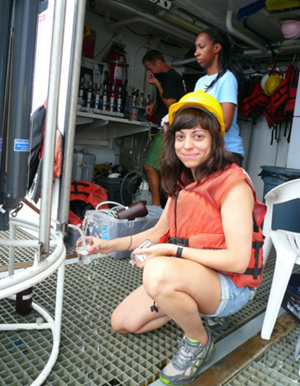
Alexandra Harper, a passionate environmental advocate, is using her oceanography expertise to help “society better balance human need with ecological health.” She is researching the potential relationship between the Deepwater Horizon oil spill and mercury levels in Gulf of Mexico fishes. Because rises in methyl mercury levels in fish increase chances of these toxins making Read More
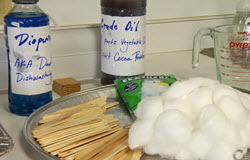
A Hands-On Activity for Children Ages 4-14 The 2010 Deepwater Horizon explosion ultimately led to upwards of 5 million barrels (386 Olympic-size swimming pools) of oil saturating the northeastern Gulf of Mexico. This event threatened 8 national parks and 400 species and heavily impacted the economic well being of Gulf States. Cleanup of the spill proved to Read More
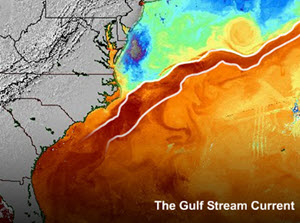
A Hands-On Activity for Children Ages 10-14 An ocean current is the movement of water in the ocean. Oceanic currents are driven by tides, winds, and differences in water density. Density is defined as the number of things, in this instance, molecules, in a certain area. Water density is affected by the number of salt Read More
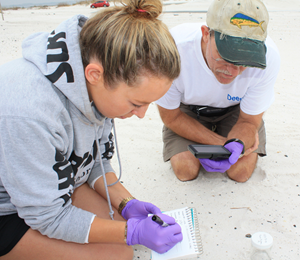
Talk about compounding interest! Put together scientists and teachers who are passionate about their work with students who are eager to help with ongoing research and watch as excitement fuels student engagement, sparks career interest, and feeds enthusiasm of all. And as a side bonus, research is conducted more efficiently in both time and cost. Read More

Ten high school teachers from Alabama and Florida are returning to their 2013-2014 science classes armed with new skills, materials, and inspiration. In July, these educators attended a five-day workshop entitled Technology in Marine Science. They built and operated Remotely Operated Vehicles (ROVs) and, more importantly, learned how to use them as teaching tools in Read More
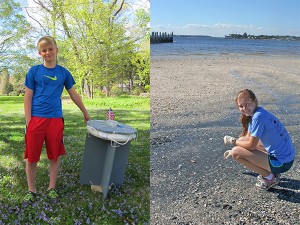
Scientists conducting GoMRI-funded oil spill research take their mission regarding society seriously: They employ cutting-edge technology to collect and analyze data using rigorous scientific parameters and publish their findings. But there are other ways these researchers define success, like working with students. When young students seek answers to scientific questions and contact them, these scientists Read More
